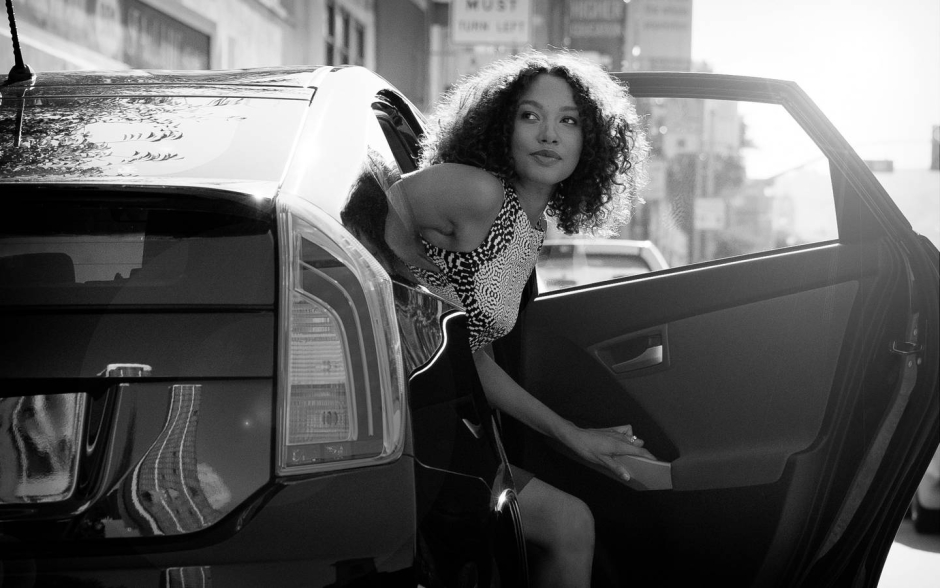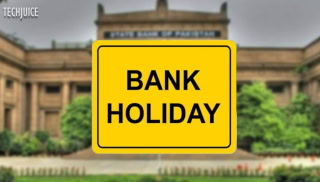The surge pricing on the popular ride-hailing service is not as simple as some people might have thought.
According to a new report from Forbes, Uber, the US-based ride-sharing service, charges a larger fare if, through machine learning and artificial intelligence, it gets to know that the users would be willing to pay the increased amount. Yes, the computation of dynamic pricing gauges the user’s willingness to pay a certain amount; the amount is then pushed as surge/normal pricing.
The decision-making takes into account different factors like your location, traffic patterns in your locality, what time of the day it is, weather and the customer’s history and even the global news events to determine the most suitable fare to show, which the user would be willing to pay. Not to mention, Uber’s dynamic pricing also takes into account the number of drivers in the vicinity along with the number of users requesting the ride, to price-tag the ride as per the demand-supply rule.
Also Read: Almost 300 Careem employees will become millionaires as a result of Uber acquisition
“With the help of ML, Uber generates a future-aware forecast of multiple conditions of the market and uses a system that is very sensitive to external factors: these factors ultimately include the global news events, weather, historical data, holidays, time, traffic, etc,” Forbes quoted Ivan Didur the CTO at DataRoot Labs mentioning in a blog post.
Dynamic Pricing is a popular pricing mechanism which is often being used in businesses to increase the sales and/or revenue of the company where possible. Some of the times, the price is decreased to increase the number of sales while, the other times, the prices could even be increased to increase the revenue per sale.











